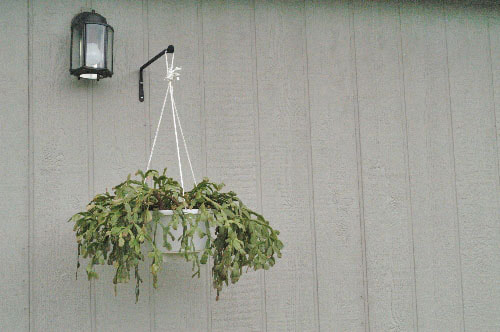Online Educational Resources
Kansas Garden Guide: Click Here
K-State Research and Extension Lawn and Garden Page:
https://www.ksre.k-state.edu/lawn-garden/
Victory Garden Classes and Information
The topics are geared toward first-time gardeners or those who have dabbled in the past without a whole of success, and at the time were taking advantage of the stay-at-home order to jump back into vegetable gardening. Anyone who gardens knows that there is always something more to learn!
The concept of a ‘Victory Garden’ dates back to World War II when Americans were encouraged to plant a home garden to provide a certain amount of their food during a time when many of the country’s agricultural products were being used to support the military.
The live class is being held on Tuesday evenings through the end of May, but all of the lessons are available for free, seven days a week on the Sedgwick County extension office’s website.
For ideas on what can be planted in Kansas – and the best time to do so – interested persons should read the Vegetable Garden Planting Guide.
For more information regarding gardening, interested persons are also encouraged to join the Victory Garden 101 Facebook page.
5/11/2020

It is often helpful to set many houseplants outside for the summer so they can recover from the low light levels endured during the winter months. As soon as night temperatures stay consistently above 55 degrees F, houseplants can be moved to their summer home. Choose a spot that has dappled shade, is protected from the wind and is close to water. A porch or a spot that receives shade from trees or buildings will work well. Putting houseplants in full sun will cause the leaves to photooxidize or sunburn because the leaves have become adapted to low light levels inside the house. Where possible, sink the pots into the ground to help moderate root temperatures and reduce watering frequency.
If you have a number of plants, dig a trench 6 to 8 inches deep (or deeper if you have larger pots) and long enough to accommodate all of your plants without crowding. Place peat moss under and around the pots. Peat moss holds water, helps keep the pots cool and reduces evaporation from clay pots. About every two weeks, rotate the pots a quarter turn to break off any roots that have penetrated the peat moss surrounding the pot and to equalize the light received on all sides of the pot. Water as needed. If the potting soil is dry a half-inch deep in the pot, it is time to water. (Ward Upham)

